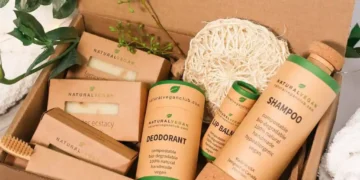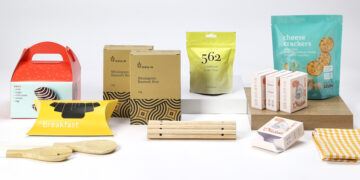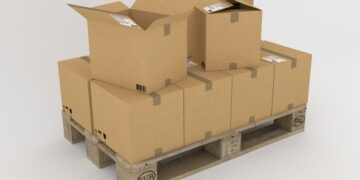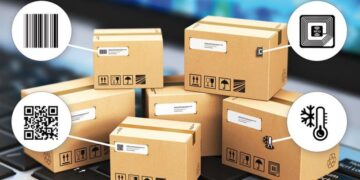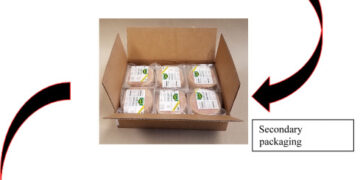The packaging industry is changing in many ways these days. From more and more consumers carrying their products to the rise of e-commerce, the retail sector has changed drastically in recent years. That’s why it’s time for the packaging industry to change as well.
Many big brands are embracing new technologies and solutions that will help them meet consumer needs more efficiently and cost-effectively than before. Here are some of the most innovative changes that the packaging industry will experience in the coming years.

More Personalised Packaging
We’ve seen how the e-commerce boom has impacted the retail sector. The same is true for the packaging industry as more and more consumers are choosing to buy their products.
These days, most shoppers want products that are unique, reflecting their tastes and needs and that are packaged accordingly. Brands should pay attention to this trend as personalized and “private-label” packaging is becoming more and more popular. With so many options for printing, wrapping and labelling products nowadays, the packaging industry is set to experience an even more dynamic evolution in the coming years.
Printed Labels
Consumers have become warier and warier of ingredients and additives. To ensure the safety and quality of their products, many brands are turning to a label printing solution. This is especially true for food and beverage manufacturers who are looking to reduce their risk of recalls. With the rise of food-related allergies and intolerances, having printed labels that are always up-to-date is crucial.
Moreover, printed labels also allow product manufacturers to create more visually-appealing packaging. A printed label may be a great solution for many brands, but the right printing method is essential. A misprinted label can be dangerous or misleading.
For example, a misprinted gluten-free label can be misleading to consumers who might not be gluten intolerant, while a misprinted recyclable label can be confusing for consumers who are looking for a more environmentally-friendly option.
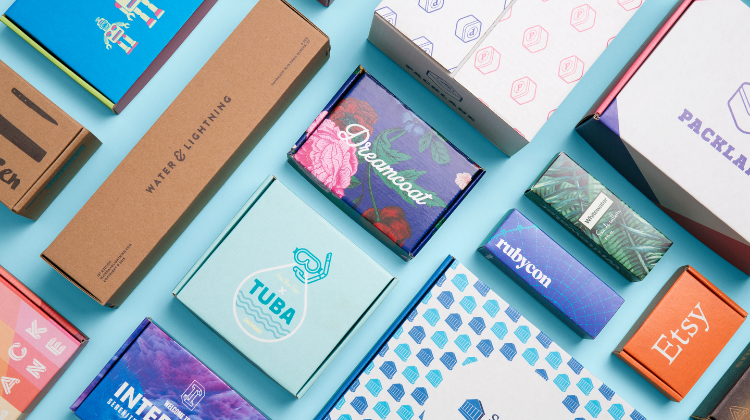
Food-Grade Wrapping Film
Worried about the safety of your products when they’re being transported? Some brands have been concerned about this for a long time and have started to respond to this demand by offering food-grade wrapping film. When the packaging of your products is not food-grade film, you have no control over the transport process.
Food-grade containers are thicker and more durable than other types of packaging, so they can be reused. Moreover, consumers appreciate the fact that they know exactly where their products are coming from and how they were handled. Food-grade packaging can be printed with advanced labelling methods as well, making it an even more efficient solution.
3D Printing For Packaging
3D printing is not just for making prototypes any more. Manufacturers of all kinds of products have discovered that it’s an incredibly cost-effective way of creating customized and intricate packaging. In the past, manufacturing companies would use injection moulding to create intricate and custom-fit products.
With 3D printing, however, they can create a variety of shapes and formats without the need for injection moulding equipment. In addition, 3D printing allows manufacturers to create bespoke, one-of-a-kind products that are impossible to produce with injection moulding.
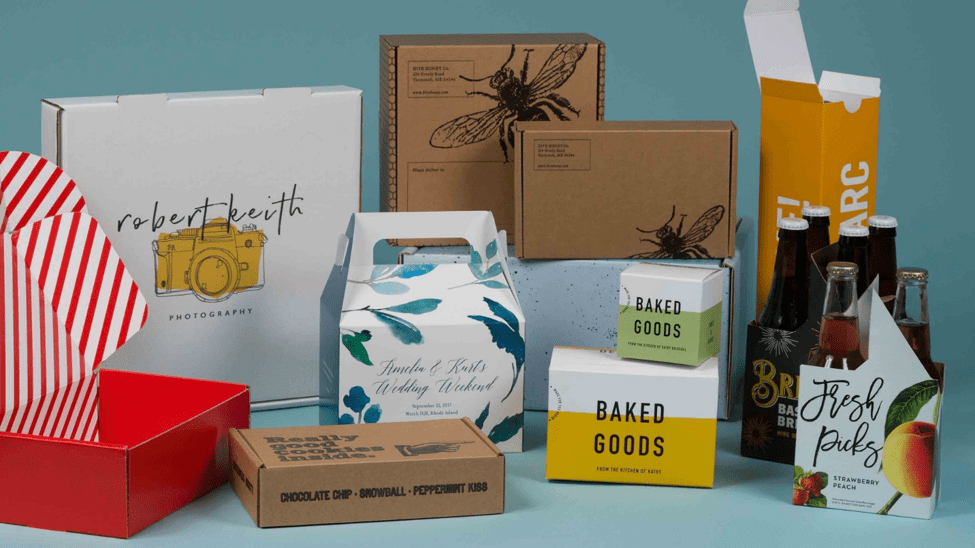
Robot Packaging Assistants
As the pace of change in the retail sector continues to accelerate, manufacturers and distributors of all kinds are looking for ways to improve their operations and cost-effectiveness. Robots are an extremely cost-effective way of automating workflows in manufacturing and distribution operations.
They can be used for a range of applications, such as picking, sorting, packing and relabeling products. In the past, this kind of automation was not available to most brands in the packaging industry. However, as the retail sector continues to change, demand for robotics will increase.
Robots can be programmed to handle specific operations or be used in combination with other machine-learning technologies. When implemented effectively, they can help reduce the risk of human error and increase the accuracy of operations.
The Future Of Food Packaging – Is Batteries Required?
Modern food manufacturing is complex, but it doesn’t have to be highly polluting. Modern food technology allows for more sustainable and eco-friendly production methods. For example, vegetable oil is extracted using CO2 extraction, which is 100% eco-friendly and doesn’t produce harmful emissions.
However, can these methods be applied to the packaging of fruits and vegetables? Yes, they can. Some fruits and vegetables are being packaged using plant-based materials, such as sugarcane and sugar beet, which are less harmful to the environment.
Bottom Line
The packaging industry is always evolving, and it will continue to change. Consumers are demanding more personalized, customized and sustainable products, and companies are responding by innovating and adopting new technologies.
This changing climate will necessitate a change in the way firms approach and manage their operations. The most important thing for the industry to remember is to change for the sake of improvement.


